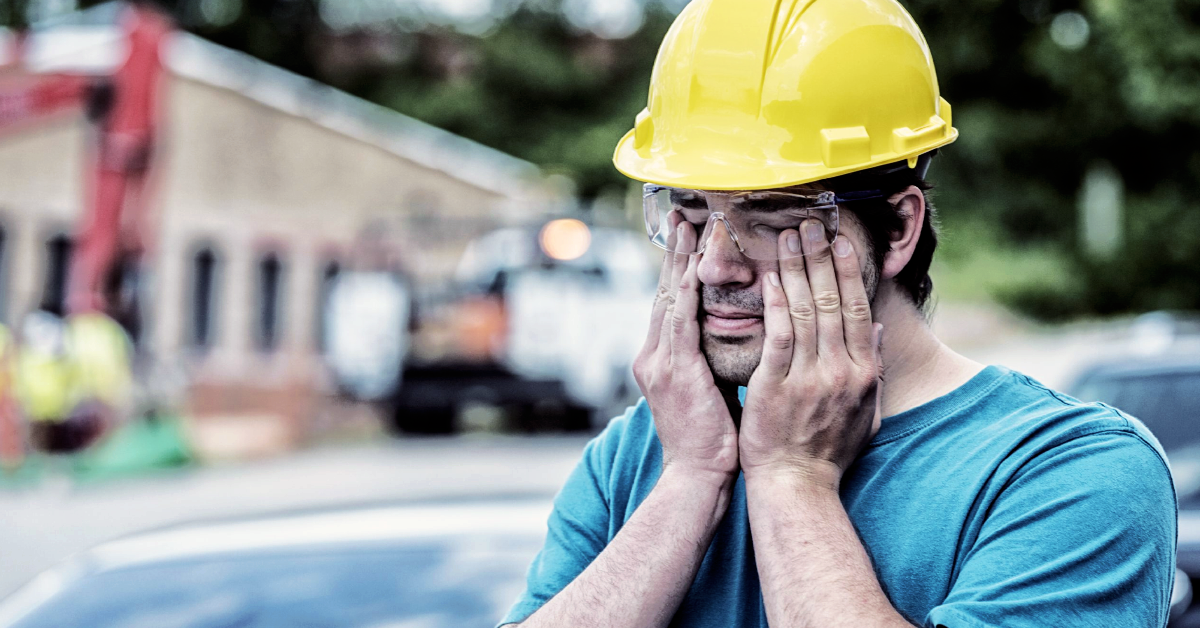
ByMartin Supply •
For years, workers have assumed that looking through safety glasses or polycarbonate lenses for long periods of time could negatively affect their vision. The good news is that statement is a myth – safety glasses cannot damage your vision. But the bad news is that those same lenses can cause eye strain, eye fatigue or headaches which can affect work safety.
Eye strain, also known as asthenopia, is an eye condition that manifests through nonspecific symptoms such as eye pain, blurred vision, dry or watery eyes, headache, trouble focusing, light sensitivity and occasional double vision. Eye fatigue is when the muscles become tired from intense use (from straining to focus) – similar to what happens to other muscles in your body when they’re put through rigorous exercise or overuse.
Eye fatigue and eye strain in the workplace can usually be attributed to the quality of your eyewear. If you wear cheap, low-quality safety eyewear for long periods of time, you’ll likely start to experience discomfort. When you experience discomfort, it can affect your productivity due to taking breaks to give your eyes a rest. In extreme situations, eye strain can limit your vision leading to reduced visual awareness of your surroundings – affecting your overall ability to detect safety hazards.
Four Reasons Safety Eyewear Could Cause Eye Fatigue
1. Wrong Fit: Not all eyewear works for everyone. Be sure to try out different types of eyewear to find a selection that works for most everyone.
2. Wrong Tint: Depending on the environment you are working in, different types of tints may be needed. The right tints help your eyes adjust to the conditions of the environment, lessening the intensity at which your eyes need to focus and refocus. If you’re not using the correct tint on your safety glasses, it could result in eye strain or eye fatigue.
3. Scratched Lenses: Scratched lenses can affect the quality of vision through the polycarbonate and cause eye strain and fatigue. Make sure that if safety eyewear lenses are scratched, they are promptly replaced.
4. Poor Optical Clarity of Lenses: If you’re wearing low-cost eyewear, it’s possible that the quality of the polycarbonate lenses isn’t as good as it could be. If you put on a pair of safety eyewear and the lenses seem cloudy or there seem to be tiny distortions in the lenses, beware. This is a telltale sign of poor optical quality. Lenses with excellent optical quality are free of imperfections – they allow to see using as close to natural vision as possible.
Two Takeaways to Avoid Eye Fatigue
1. Try Before You Buy – Test out several different pairs to find the right comfort, fit, style, performance, and optical clarity for your application.
2. Know the Manufacturer – Understand how they make their products, how often they clean and check their lens molds while the lenses are being created and do they have an understanding of the science behind how eyes work.
Martin Safety can help you find the right safety glasses to keep your eyes safe and fatigue-free. Call 800.828.8116 to learn more.

Comments for this post are closed.